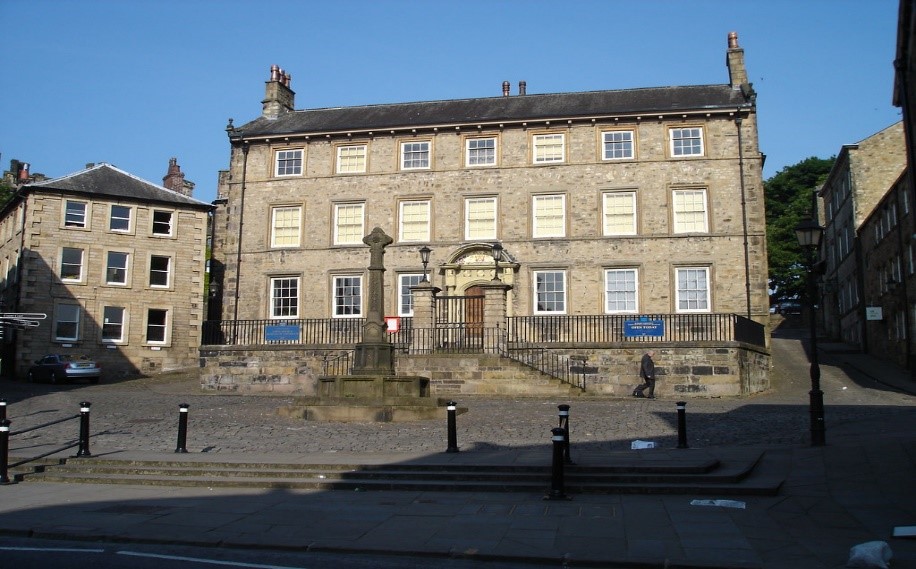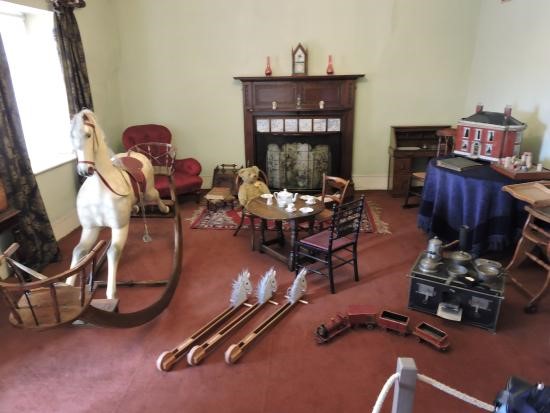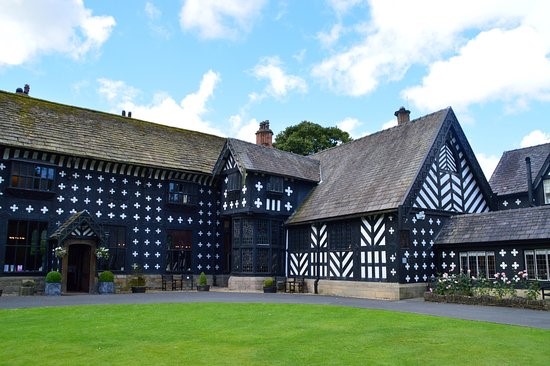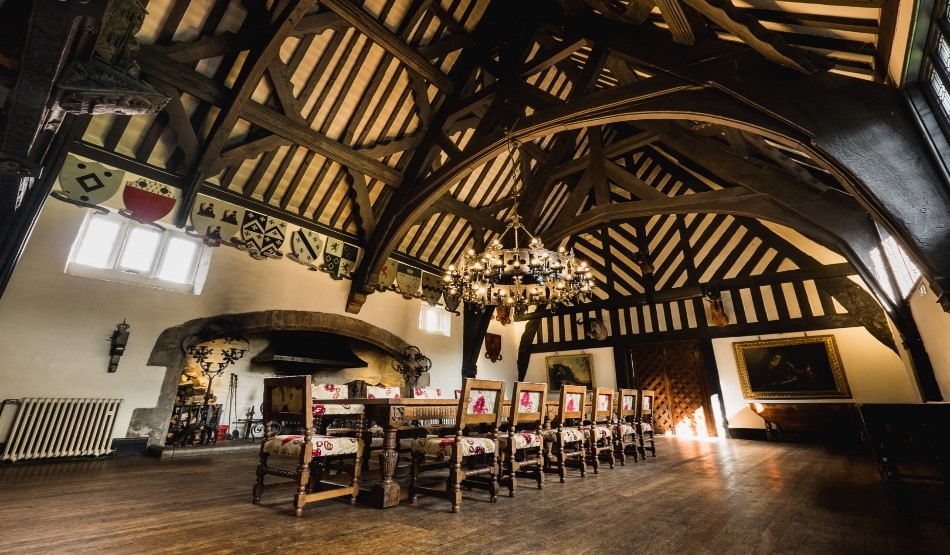‘The more you know about the past, the better prepared you are for the future.’ Theodore Roosevelt – 26th President of the United States
What does history look like at St Bernadette’s?
From the moment children enter St Bernadette’s, they begin a journey of exploration, enquiry and curiosity and are encouraged to examine, question, hypothesise and debate. Through history, these tools allow children to act and think as historians by linking their learning of a range of periods in history with opportunities to investigate and interpret the past, understand the chronology of different historical periods and to be able to communicate their learning using key vocabulary. They are immersed in the lives of people from the past and are taught to understand the complex nature of their lives and develop a sense of awareness and empathy.
In history lessons, children are taught to understand how the past has influenced, guided and shaped the future of our local area, Britain and the wider world. They are given the opportunity to consider and discuss the consequences and impact of key historical figures and events, comparing different recounts of the same story and helps children to understand how society can change and develop. History is going on all around them and can enable children to make links with today’s news and events of the past.
Starting with a ‘big question’, children are encouraged to research, ask questions, think critically, exchange ideas and express their opinions. Children are given a range of primary and secondary sources including books, artefacts, films, photographs/pictures and the internet, enabling them to consider the evidence and draw their own conclusions. They are given opportunities to develop their writing skills by presenting their work in the form of recounts, newspaper reports and diary entries.
History Documents
Medium Term Plans
These are examples of medium term plans that show the key learning within each unit of work. The lessons are led by an overarching key question with a focus on key skills and knowledge. Throughout a unit of work the children build on their prior learning and develop their vocabulary.

Judges’ Lodgings at Lancaster

Toys of the Past at Judges’ Lodgings, Lancaster
Artefacts
Artefacts are a multi-sensory resource for children to touch and hold and which give an insight into a period of historical significance. They can motivate learning and deepen understanding of the period of history children are studying.

Artefacts allow children to ask a range of questions such as:
- What is it?
- Why was it made?
- How might it have been used?
- Who might have used it?
Children are encouraged to carry out investigations noting such aspects as material, texture and colour. They can then pose questions and seek to provide answers, either through further observation or making reference to prior learning. When pupils begin to develop their ideas and formulate possible answers, they are encouraged to use language such as, ‘for example’, ‘perhaps’ and ‘possibly’. Children will begin to realise that for some questions there are many possible answers, whereas for others the answer may never be found.
Black History Month
First celebrated in 1987, Black History Month teaches children about all aspects of black history and culture by focusing on black individuals such as Martin Luther King and Mary Seacole. The month of October is Black History Month in the UK and teachers at St Bernadette’s plan lessons, activities and read stories designed to explore this area of the curriculum. We have a significant role to play in teaching all our children about the importance of having respect and tolerance for all cultures.

Samlesbury Hall – Tudor House

The Great Hall at Samlesbury Hall
History Websites
bbc.co.uk - Horrible Histories
nhm.ac.uk - Natural History Museum
youvisit.com - Tower of London
.png)

